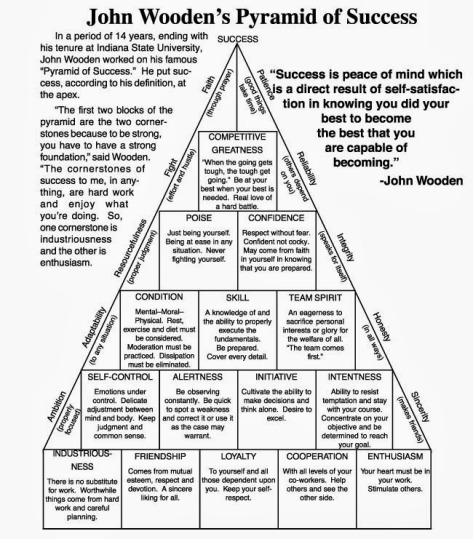 One of my favourite subjects to talk about is note taking.
One of my favourite subjects to talk about is note taking.
Why?
Because by writing things down I remember them much better. Solidifying it into memory. Otherwise lots of stuff is forgotten and simply replaced by the next set of information. “Meeting overload” I hear you saying. Yes, agreed, there is that. If you haven’t got the time to do something about your recent conversation within a certain amount of time, you (or better I) probably don’t do it at all or far to late.
And there begins my filing system.
The reality is I can’t complete all tasks right now and then. Hence the information must be filed in such a manner I can find again. In addition, I like to store related information together with this note.
Since the invention of tagging, I love it! Gone are the times of fixed categories or double entries 🙂 Tagging allows virtual folders and sorting notes, information, and emails becomes a breeze.
GMail got a ++ from me and Outlook is still lightyears behind. I always struggle to remember if I filed the invoice under budget, the vendor, or contracts.
The other view
For some reason I stumbled today across an old blogpost that condemns tagging. It not only talks about the disadvantages of tagging such as the proliferation of tags, the ease of creating variants that actually should be the same, and the lack of control which without doubt is counterproductive to its original purpose. No, in contrast it makes a case for structure and stigmergy.
If you haven’t heard about this before, neither had I. The principle is that we (as in humans) remember things better in context. Hence, consistency or strong association help. Multiple tags are therefore not necessarily helpful. In my invoice example I will very likely find an invoice in either the tags “contract”, “budget”, or “vendor”. Although, I’m very sure I will not find all invoices that way because for some I might have missed the tag “budget”.
What is the solution?
Personally, I still believe tags are fantastic. They do have their disadvantages and the biggest one is how are tags created and maintained. Categories like in WordPress are one method. Artificial intelligence (“did you mean “xyz”?”) like Google searches when you make a spelling mistakes might also help creating the right or better associations. And when tagging is used across an organisation the services of a librarian – virtual or as a gatekeeper – can also be of great help.
The core requirement is consistency. If half of the company is using a folder structure (e.g. SharePoint’s team sites) and the other half wiki pages (e.g. Confluence) the search for information will never be easy. The same is true for a personal knowledge system. And I’m falling in my own trap from time to time taking notes in my trusty paper notebook one day and using OneNote the next.
My work in progress continues…
 Close to 2 weeks into the new role things begin to take shape. There is certainly a lot of “stuff” to do ranging from re-forming the team, providing direction, to setting a few guidelines in place. While I was going through the environmental parameters, the change patterns, and the strategic objectives I came across
Close to 2 weeks into the new role things begin to take shape. There is certainly a lot of “stuff” to do ranging from re-forming the team, providing direction, to setting a few guidelines in place. While I was going through the environmental parameters, the change patterns, and the strategic objectives I came across 

